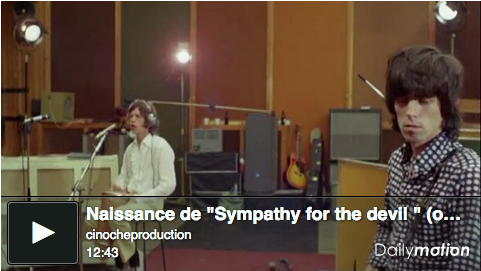Currently, I’m smack in the middle of a long and complex rough cut. And that fills me with unease. I struggle to embrace the uncertainty of it all, even though I’ve been here before, literally a hundred times.
This is what I tell myself:
A rough cut is a sketch. It’s an early attempt to conceive the future. As such, it’s clunky, inelegant and mechanical.
The weakness of a rough cut is perhaps most evident in scene transitions: how you connect one section to the next.
If you’re like me, you feel a great urge to immediately fix these problems. One could spend hours trying to make them seamless. God knows, I want to.
Intellectually, I know that there’s no need to finesse these details when soon I’ll be rearranging whole sections. Or even deleting them altogether. It’s more important at this stage to just keep moving.
Emotionally, it’s much harder to let go.
I am reminded of Jean-Luc Godard’s 1968 film Sympathy for the Devil wherein we see the Rolling Stones write the eponymous song. The group modifies as they go, transforming a standard mid-tempo rock song to slow blues and ultimately to the rhythmic version that we know today.
Here is the true power of detaching from early results. (Plus, a lot of crazy-talented musicians.)
So in the end, I try to remember this: your value as an editor, or any kind of artist, is not based on the quality of a first attempt. Revision is not just part of the process, it is the process.
Naissance de “Sympathy for the devil ” (one+one… by cinocheproduction

